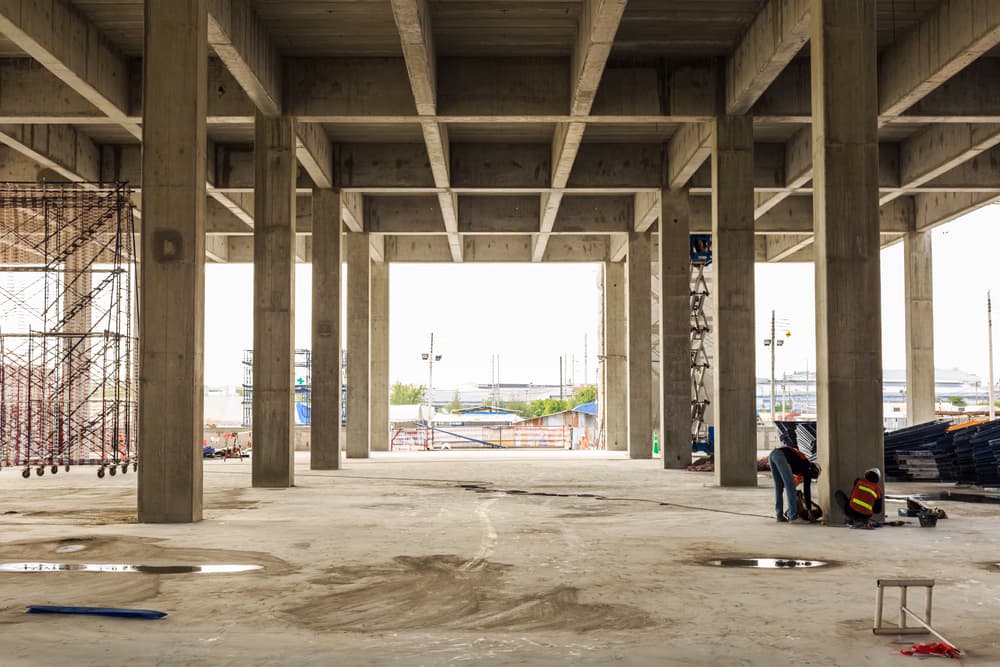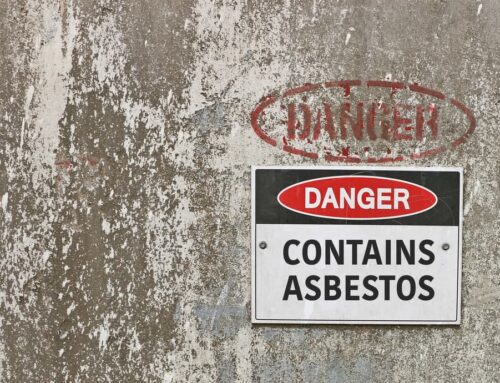Construction sites can vary in complexity due to several factors. From approximate size to whether the build in question is fully or partially customized, the quality of the land on which construction is happening and more, there is a lot to bear in mind. Chief among them is dust – how do you suppress it while keeping the build on track?
Whether planning for a residential, commercial, or even an industrial job, it’s important to know how to control dust on construction sites. Today, let’s explore the fundamentals in further detail.
Pre-Construction Dust Source Inspection
Before disturbing the site in any way, a proactive step to take is to examine the area for potential sources of dust. Old concrete and cement that will be removed, dry earth, and brickwork are prime examples. This can aid in planning as crews can focus on isolating and clearing any dust generated from these areas of concern. Scheduling various tasks to keep dust levels under control and effectively managed will be more effective this way.
Barriers
By far the most common approach to controlling dust on a construction site is to erect barriers. There are many varieties out there that can control air currents and, therefore, the spread of particulates outdoors. These include natural barriers such as trees and tall grasses (pro tip: don’t cut perimeter grasses if they are tall enough to block the wind during construction – wait to do it after). Manmade variants include dedicated wind fencing, solid board fences, temporary walls to limit site access to construction crews only, and more.
Minimize Soil Disturbances
Where you work on construction is just as important as how. If you’re able to complete the job without affecting the area where the largest source of dust would otherwise come from, it may be in your best interests in terms of suppression and keeping the build on track. This is especially true if soil is the primary culprit behind any potential dust kick ups.
Keep Surfaces Damp, Not Soaked
Some companies prefer to utilize special chemicals that are safe for the environment in order to keep surfaces moist and dust at a minimum, but you don’t have to go this far. An evenly dispersed mist, keeping all dust-causing areas damp and weighing any particulate matter down, can work just as effectively. A word of warning, though – don’t overdo it. Too much water can cause soil erosion and runoff in itself, so strike the right balance and spray down only enough to keep the surface moist, not soaked.
Vegetation
If you’re able to retain onsite trees, grass, and other plants, it’s not only good for the environment but also those living near or working onsite. Why? Because vegetation minimizes the amount of exposed soil, which can significantly lower the amount of dust disturbed and spread around. In addition, in some construction environments, preserving specific flora or trees may be a requirement as per local conservation regulations. Even mulch can lend a helping hand in terms of dust suppression, should you be dealing with barren land.
Dedicated Dust Collection System
Alternatively, you may wish to implement a dedicated dust collection system. This can consist of various pieces of equipment for removing particulates, control the flow of dust in a space to trap it, or otherwise. Some construction jobs may require the use of such tools in order to protect employees, adjacent properties and their occupants, and those passing by the site.
Optimize Construction Speed
If time and budget allow for it, scaling back the amount of work done each day can help to regulate site conditions, thereby keeping dust within safe and acceptable levels. The less you disturb the soil and site on a daily basis, the more you can control dust in this way, but this needs to be done in an efficient manner that promotes optimal cost control and adheres to your schedule.
Sweeping
As a last resort, as it can kick up dust itself, a dedicated sweeping system can be a useful alternative. It’s common to see these on paved roads, clearing the shoulders so they are cleaner and free of debris. Again, however, use these with caution as they may or may not be an ideal solution for your specific worksite.
There are many ways to control dust on construction sites, but not all may be applicable to your particular environment. Above all else, your focus should be on keeping air quality clean, clear, and safe for workers, inspectors, and fellow neighbours at all times. If you need a hand in regulating your site’s air quality, our team at the Healthy Home Center are happy to assist. Contact us today for details regarding our services! We’re experts in remediating ultrafine particles including dust, and we’re happy to assist you with your construction project.







